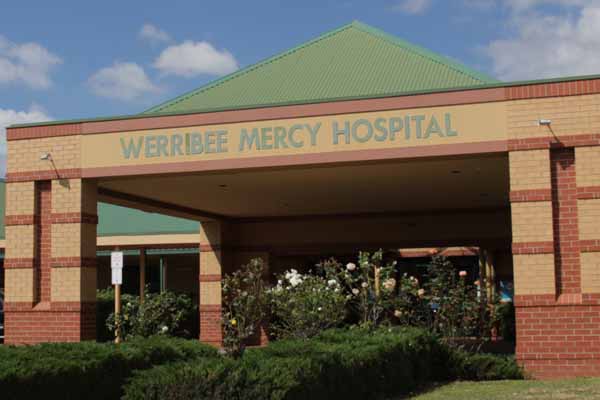Patients presenting at Werribee Mercy Hospital’s emergency department are facing increasingly longer waiting times as population growth strains hospital services.
The recently released Victorian Health Services Report shows that while 100 per cent of category one patients presenting to emergency were treated immediately during the September 2015 quarter, the hospital failed to meet state government benchmarks for category two and three patients.
Figures show the hospital treated only 70 per cent of category two patients – those with a critical illness or very severe pain, including serious chest pain and breathing difficulties – within the prescribed 10 minutes.
The benchmark for this category is 80 per cent.
Similarly, the hospital treated only 66 per cent of category three patients within the prescribed 30 minutes.
The benchmark for this category is 75 per cent. It includes patients presenting with moderately severe blood loss, persistent vomiting and dehydration.
Other data reveals that 44 per cent of people presenting to emergency departments who were not admitted had waited more than four hours to be treated, and 31 patients waited longer than 24 hours.
Elective surgery
The hospital’s elective surgery list remained stable over the 12 months to September 30 this year, with 745 patients awaiting surgery.
Mercy Health chief executive of health services Linda Mellors said, being in one of the fastest-growing corridors in Australia meant demand for Werribee Mercy’s services continued to grow.
Dr Mellors said a planned $85 million hospital redevelopment – to include six operating theatres and 64 new beds – would help lighten the load once it’s finished in 2018.
“The emergency department at Werribee Mercy Hospital is experiencing an increase in demand, including an increase in the number of patients presenting who need to be transferred to other hospitals,” Dr Mellors said.
“We’re working on strategies to make sure patients get to the wards in a timelier manner.
“No critically ill patient waits to be treated, regardless of how they arrive at the hospital,” she said.
“All patients are triaged and treated according to how unwell they are.”







